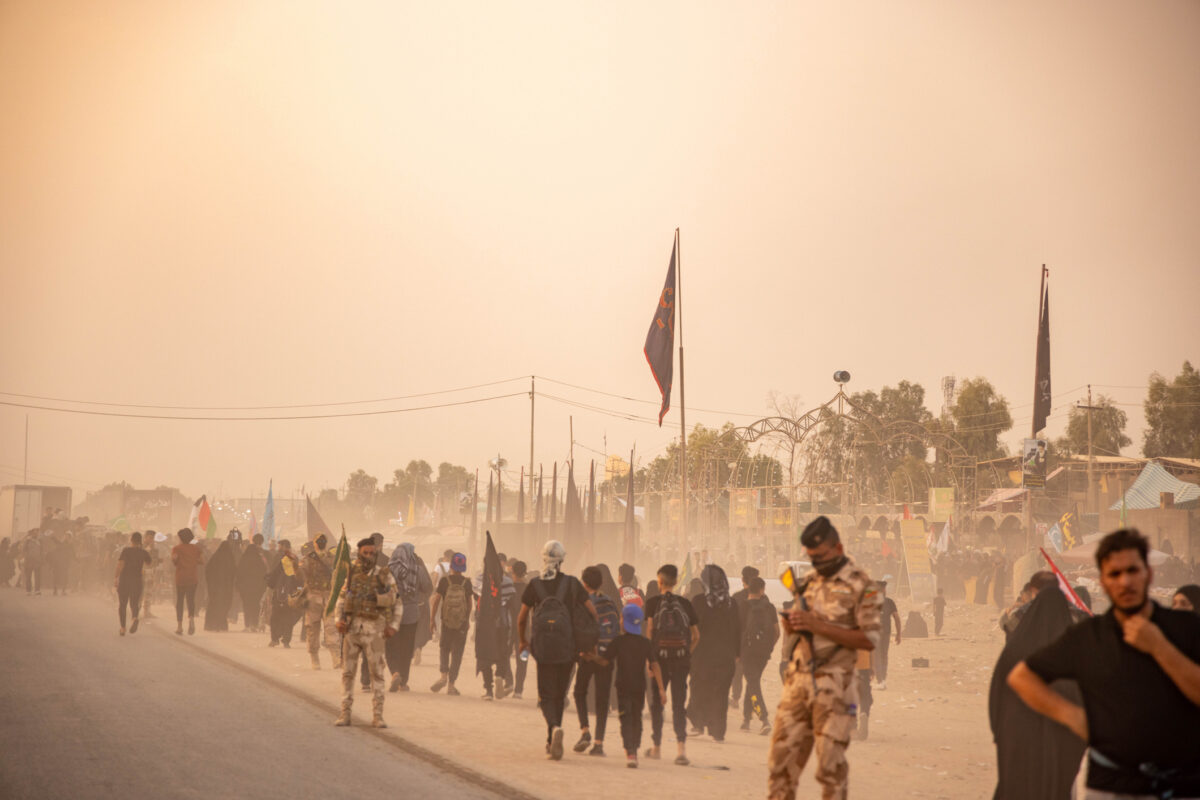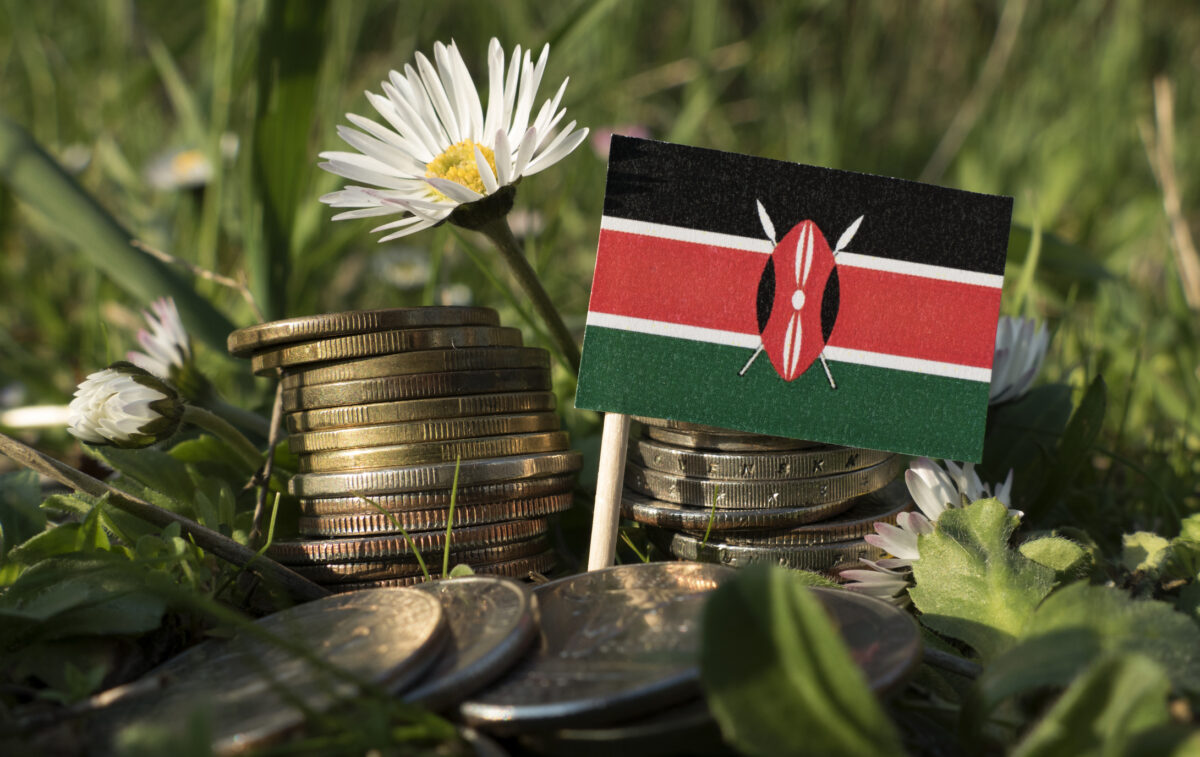Today, at the High Court of Uganda in Kampala, the Hon. Justice Boniface Wamala issued a decision to admit the application of Professor Philip Alston of New York University School of Law to participate as amicus curiae, or ‘friend of the court’, in a petition for the enforcement of human rights challenging the use of the country’s national digital ID system as a pre-condition to access to public services.
The admission of the amicus application is a critical development in this groundbreaking litigation, the latest in a series of legal challenges that have raised concerns about national digital ID systems in countries including India, Kenya, and Jamaica. This case is one of the first globally to center concerns around social and economic rights. The applicants, three Ugandan civil society organizations, argue that the national digital ID system suffers from persistent and severe gaps in coverage, and its integration with the country’s social welfare programs has resulted in the exclusion of vulnerable and marginalized individuals from fundamental services such as social protection and healthcare.
“Given the importance of the national digital ID system and its mandatory usage, it is imperative that it is fully inclusive. All Ugandans, regardless of age or economic status, must be able to access their social welfare benefits,” said Professor Alston. “Today’s decision by the High Court is an important and welcome step in that direction.”
In a 32-page brief, Professor Alston seeks to assist the court in analyzing some of the novel legal questions at the heart of the case. He calls attention to the obligations of the Government of Uganda under international human rights law, the serious consequences that digital and non-digital barriers to public services may have on the enjoyment of rights, and the high burden of proof that falls on the government to justify any measure that leads to exclusion. The brief also emphasizes the need to ensure equal treatment and non-discrimination in the enjoyment of these rights, particularly given the high risk that any negative impacts of the digital ID system will continue to fall disproportionately on poor and marginalized groups.
“As many governments turn to digital ID systems to mediate access to essential public services, there is an urgent need for courts to ensure the protection of economic and social rights,” said Professor Alston.
Setting aside the objections of the two government respondents, the Attorney General and the National Identification & Registration Authority, Judge Boniface Wamala stated that the “positive benefits of the intervention as amicus curiae outweighs any possible opposition from the parties in the main cause. It is in public interest, the interest of justice, the protection and progressive development of human rights and socio-economic reform that the leave sought in the application is granted.”
“The court and by extension the multitude of Ugandans whose human rights the main petition is fighting to protect shall benefit from the input and expertise that Prof. Philip shall contribute in its adjudication,” said Counsel Elijah Enyimu, who represented Professor Alston. “The contents of the amicus brief shall be elucidatory on the standards and protections necessary for the realization of ESCR in Uganda.”
The Applicants and Respondents will be back in court to argue their cases on April 5, 2023. In the meantime, those who have missed out on social protection payments or been turned away from health centers due to their inability to access the national digital ID will continue to wait for a judicial decision.




